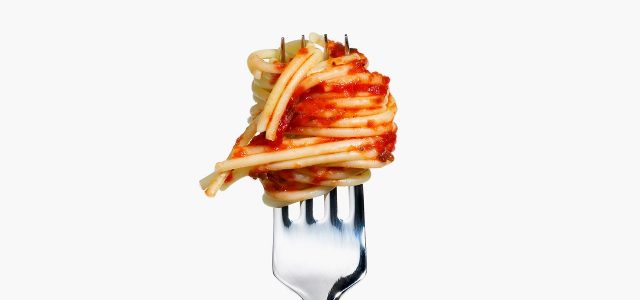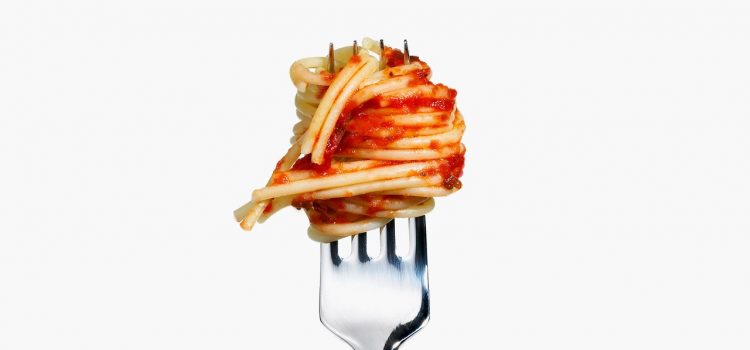


Scientists found themselves working from home along with just about everyone else when universities shut down in the face of the Covid-19 pandemic. The closure of research laboratories posed a unique challenge for experimentalists, in particular. That’s how physicists from the University of Illinois at Urbana-Champaign (UIUC) found themselves casting about for experiments that could be done at home in the kitchen. The physicists ended up investigating the physics of cooking pasta—first conducting home experiments, then repeating them with greater precision in the lab once the university reopened.
Cooking instructions on most packaged dried pasta typically recommends an 8- to 10-minute cooking time, but this imprecise method can result in a great deal of variation in the consistency of the cooked pasta. Among other findings, the UIUC physicists came up with a simple technique, using just a ruler, to determine when spaghetti is perfectly al dente, with no need for the time-honored tradition of throwing a cooked strand against the wall—although the latter arguably requires less setup. (And yes, horrified Italians, the tasting method works just fine too. But where’s the fun in that?)
A paper on the researchers’ findings has just been accepted for publication in the journal Physics of Fluids, and two of the authors presented the work at this week’s meeting of the American Physical Society in Chicago.
A surprisingly large number of scientific papers have sought to understand the various properties of spaghetti, both cooking and eating it—the mechanics of slurping the pasta into one’s mouth, for instance, or spitting it out (aka, the “reverse spaghetti problem”). The best-known question is how to get dry spaghetti strands to break neatly in two, rather than into three or more scattered pieces.
French physicists successfully explained the dynamics in an Ig Nobel Prize-winning 2006 paper. They found that, counterintuitively, a dry spaghetti strand produces a “kick back” traveling wave as it breaks. This wave temporarily increases the curvature in other sections, leading to many more breaks.
In 2018, Ars reported on work by two MIT mathematicians who figured out a useful trick: Twist the spaghetti at 270 degrees before slowly bringing the two ends together to snap the spaghetti in two. The twist weakens the snap-back effect, and as the strand twists back and unwinds to its original straightness, it will release pent-up energy so there aren’t any additional breaks.
Back in 2020, physicists at the University of California, Berkeley, provided a thorough explanation for why a strand of spaghetti in a pot of boiling water will start to sag as it softens, after which it sinks slowly to the bottom of the pot, where it will curl back on itself to form a U shape.
As we reported at the time, spaghetti, like most pasta, is made of semolina flour, which is mixed with water to form a paste and then extruded to create a desired shape (in this case, a thin, straight rod). The commercial products are then dried—another active area of research, since it’s easy for the strands to crack during the process.
So what happens to the dried spaghetti when it is submerged in boiling water? Only a few seconds are needed for the strands to reach the same temperature as the water, but it takes a bit longer for water to work its way through the starch matrix of the pasta. As this happens, the spaghetti swells, and small amounts of a starch called amylose leach into the water. Finally, starch gelatinization occurs, a chemical process that governs textural changes that make well-prepared spaghetti al dente.
